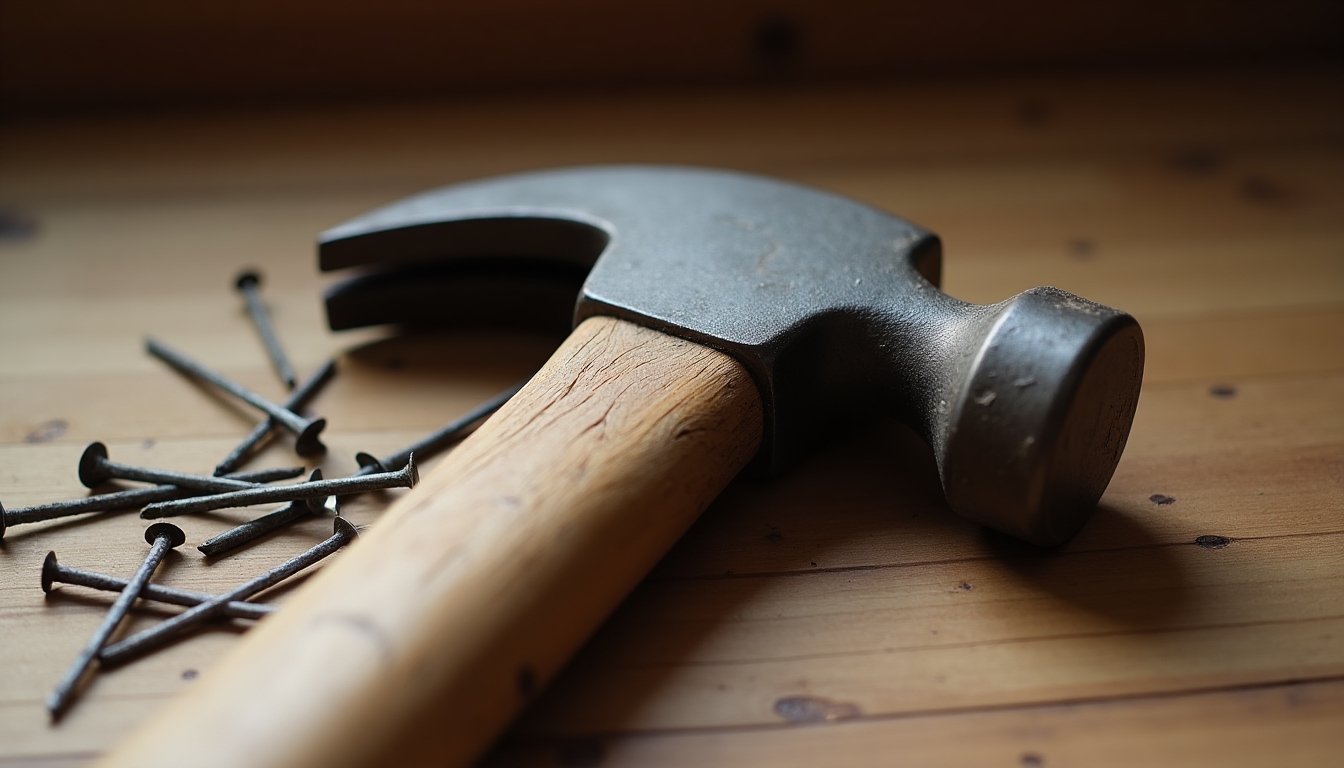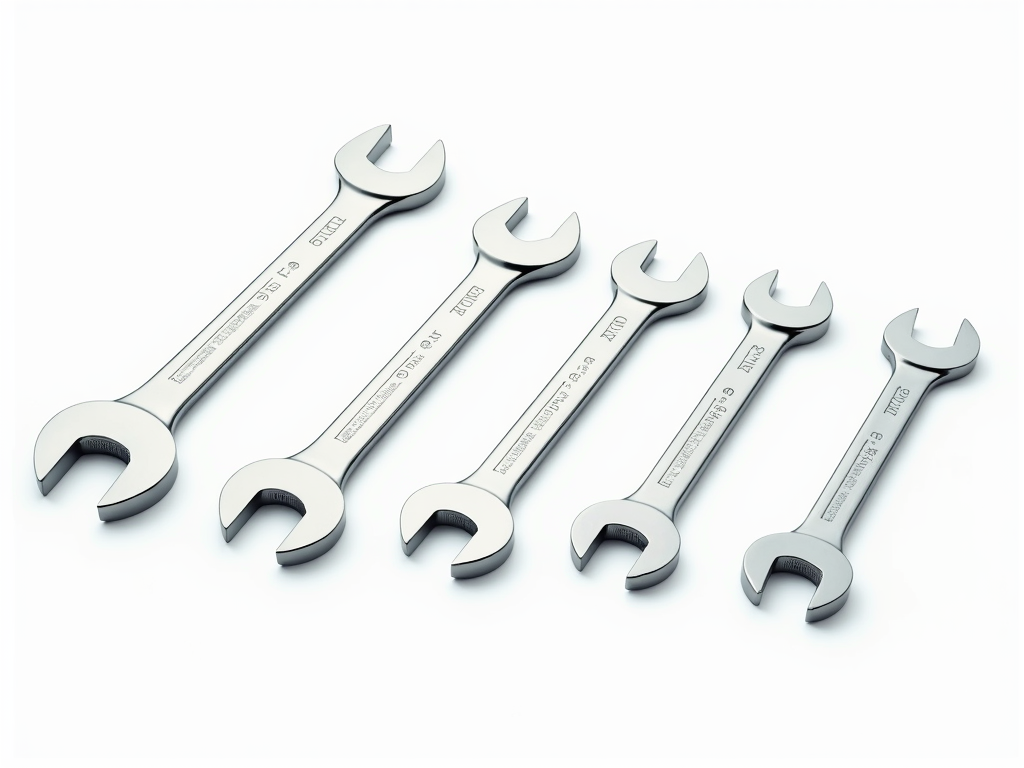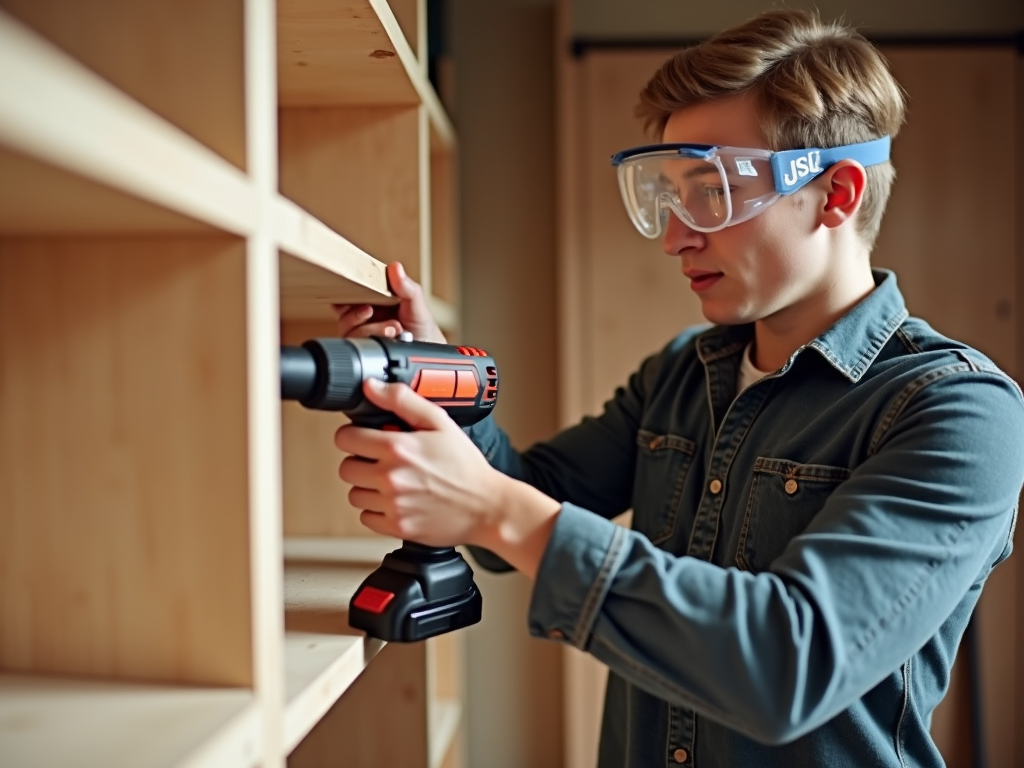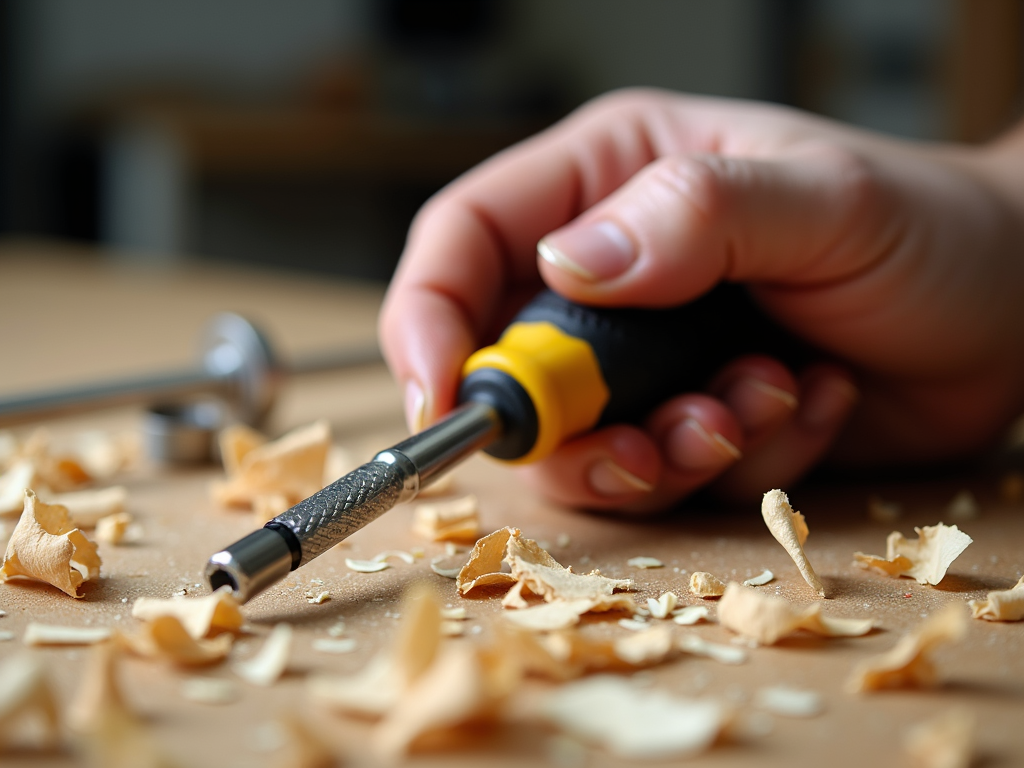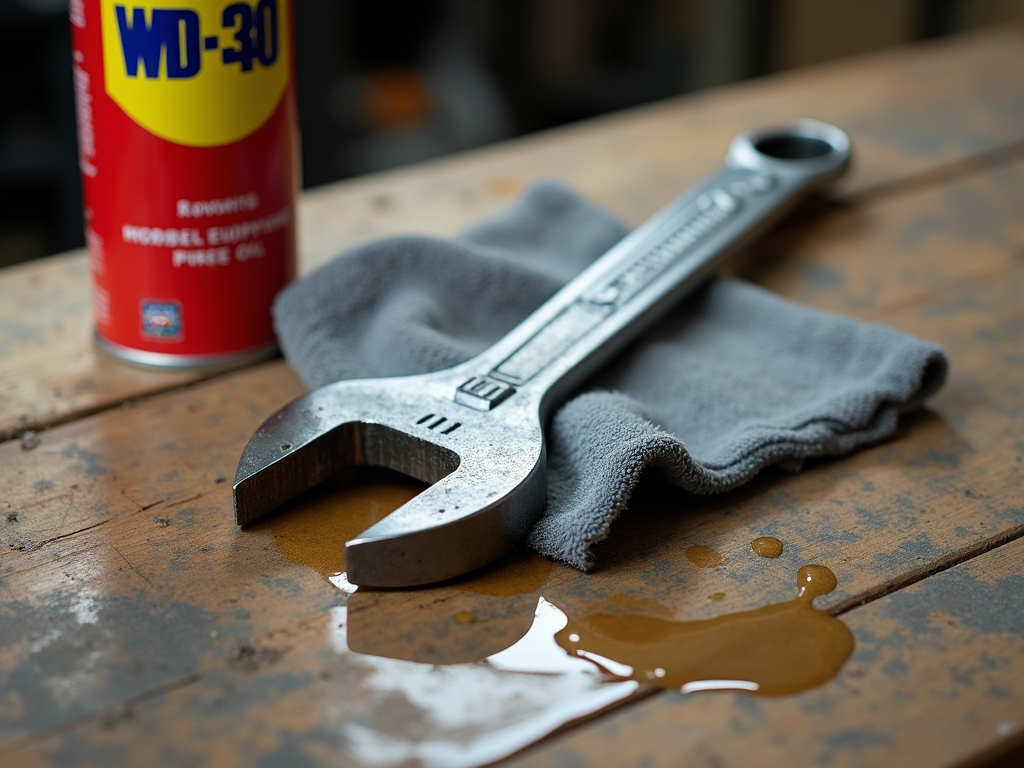Choosing the right hammer can make or break your construction project. Whether you're a beginner putting together your first tool kit or a pro upgrading your gear, this guide will help you find the best hammer for your needs in about 1500 words of practical advice.
Why the Right Hammer Matters
A hammer isn’t just a tool—it’s an extension of your hand. Picking the wrong one can slow you down, tire you out, or even lead to mistakes. I’ve been there: my first project involved a cheap, lightweight hammer that bent nails instead of driving them. That’s when I realized how much the right tool matters. This article will walk you through everything you need to know about how to choose the best hammer for your needs, from types to features, with a few lessons I’ve learned along the way.
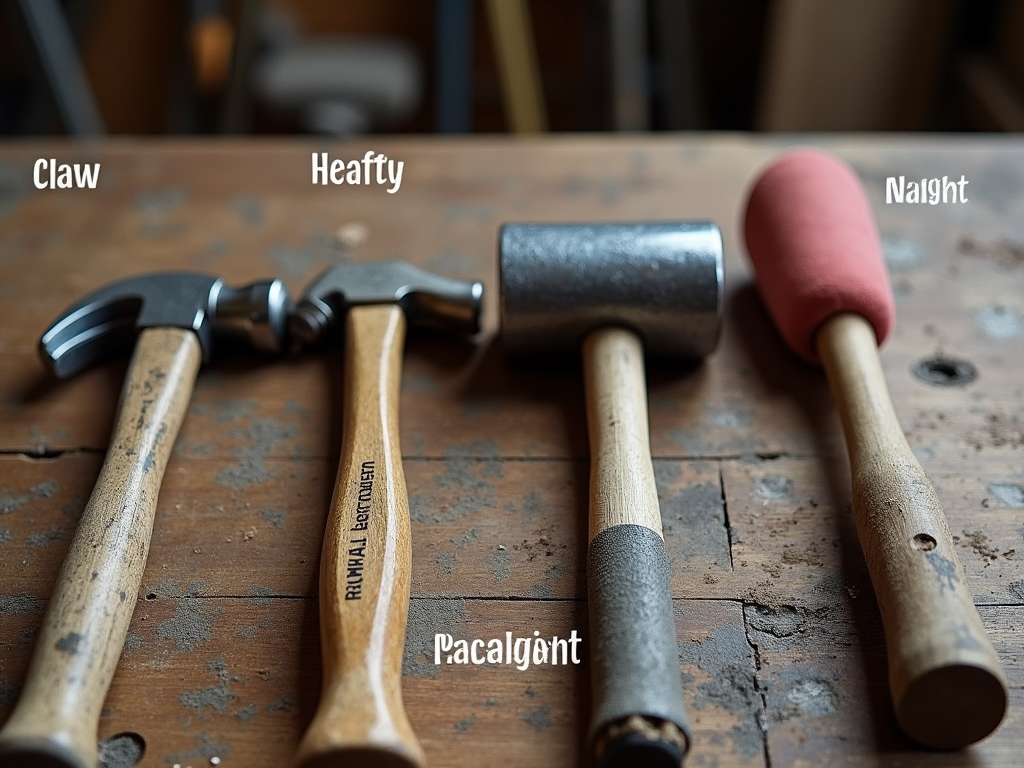
Types of Hammers and Their Uses
Not all hammers are created equal. Here’s a breakdown of the most common types and what they’re best for:
- Claw Hammer: Great for driving nails into wood or prying them out. The curved end gives you leverage.
- Sledgehammer: Built for big jobs like breaking concrete or driving stakes. It’s heavy, so save it for tough tasks.
- Ball-Peen Hammer: Perfect for metalwork. One side flattens, the other shapes.
- Mallet: Soft-headed (rubber or wood) for gentle tasks like tapping furniture pieces together.
When I started, I thought a claw hammer could do it all. Then I tried splitting concrete with one—big mistake. Matching the hammer to the job saves time and effort.
Key Features to Look For
So, what makes a hammer the best for you? Here’s what I check:
- Weight: A light hammer (16 oz) is easy to swing but weak for heavy jobs. A 20-24 oz one packs more punch without wearing you out.
- Handle: Wood feels good but can break. Fiberglass lasts longer and cuts vibration.
- Grip: Rubber grips keep your hand steady, especially when it’s sweaty.
- Head: Look for forged steel—it’s tough and won’t chip.
Once, I grabbed a hammer with a slick plastic grip. Halfway through a job, it slipped and dented my workbench. Lesson learned: grip matters.

Matching Your Hammer to the Job
The task decides the tool. Here’s a quick guide:
| Task | Best Hammer | Why It Works |
|---|---|---|
| Framing | Claw Hammer (Straight Claw) | Strong for big nails |
| Finish Work | Claw Hammer (Curved Claw) | Light and precise |
| Demolition | Sledgehammer | Maximum power for breaking |
| Metal Shaping | Ball-Peen Hammer | Shapes without smashing |
For my first shed, I used a sledgehammer to tap in finishing nails. It was overkill—nails bent, wood split. A lighter claw hammer would’ve been smarter.
Building Your Tool Kit: A Beginner’s Guide
New to construction? A beginner’s guide to building your construction tool kit starts with a solid hammer. I’d go with a 20 oz claw hammer—versatile enough for most jobs. Add a mallet for furniture or light tapping. As you grow, pick up a sledgehammer for bigger projects. Don’t skimp on quality; cheap tools break fast and cost more in the long run.

Don’t Forget Wrenches
Hammers don’t work alone. Best wrench sets for construction workers are a must for bolts and nuts. I keep an adjustable wrench and a socket set in my kit—they pair perfectly with a hammer for assembling frames or tightening joints. Wrenches might not strike things, but they’re just as essential for getting the job done.
Tips for Picking Your Hammer
Here’s what I’ve learned over years of banged thumbs and bent nails:
- Test the Weight: Swing it in the store. If it feels awkward, it’ll be worse after an hour.
- Check Balance: The head shouldn’t feel heavier than the handle.
- Prioritize Comfort: A good grip and shock absorption save your hands.
- Think Long-Term: Spend a bit more for a hammer that won’t split or rust.
I once bought a $5 hammer to save cash. It cracked after one job. Now, I’d rather spend $20 on something that lasts.

Caring for Your Hammer
A good hammer lasts if you treat it right. Here’s how:
- Clean It: Wipe off dust and grime after use.
- Store Smart: Hang it up or keep it dry—rust is the enemy.
- Inspect Often: Look for loose heads or cracked handles.
I ignored a wobbly head once. Mid-swing, it flew off and dented my truck. Five minutes of maintenance could’ve saved me a headache.
Mistakes to Avoid
Beginners mess up—I did too. Don’t:
- Use a sledgehammer for small nails (overkill).
- Grab a mallet for metal (it’ll bounce).
- Ignore safety—wear gloves and glasses.
My first demolition job, I swung a claw hammer at a wall. It bounced back and nearly hit me. A sledgehammer would’ve been safer and faster.

Why Quality Beats Quantity
More tools don’t mean better work. Focus on a few solid workman tools—a hammer, wrench set, and screwdriver cover most basics. I used to lug around a huge kit, but half the stuff gathered dust. Now, I carry what I need, and my back thanks me.
Wrapping It Up
How to choose the best hammer for your needs comes down to knowing your job, picking the right type, and valuing comfort and quality. Start simple, build smart, and maintain what you buy. Pair it with tools like best wrench sets for construction workers, and you’re set for success. Check out the readings below for more tips!
Related How to Choose the Best Hammer for Your Needs:
- A Beginner’s Guide to Essential Construction Tools
- A Guide to Basic DIY Home Repair Tools: Focus on Hammers
- Essential Safety Gear for Every Handyman
- How to Choose the Right Wrench Size: A Comprehensive Guide
- Essential Tips for Tool Maintenance: A Comprehensive Guide
- Safety Tips Every Workman Should Know
- The Essential Toolkit: Must-Have Tools for DIY Enthusiasts
- Power Drills 101: Choosing the Right One
- Top 10 Innovative Workman Tools in 2024
- The Ultimate Guide to High-Quality Workman Tools for Professionals
- Ultimate Guide to DIY Tools Maintenance: Screwdriver Edition
- Wrench Care Basics: Keep Them Like New

